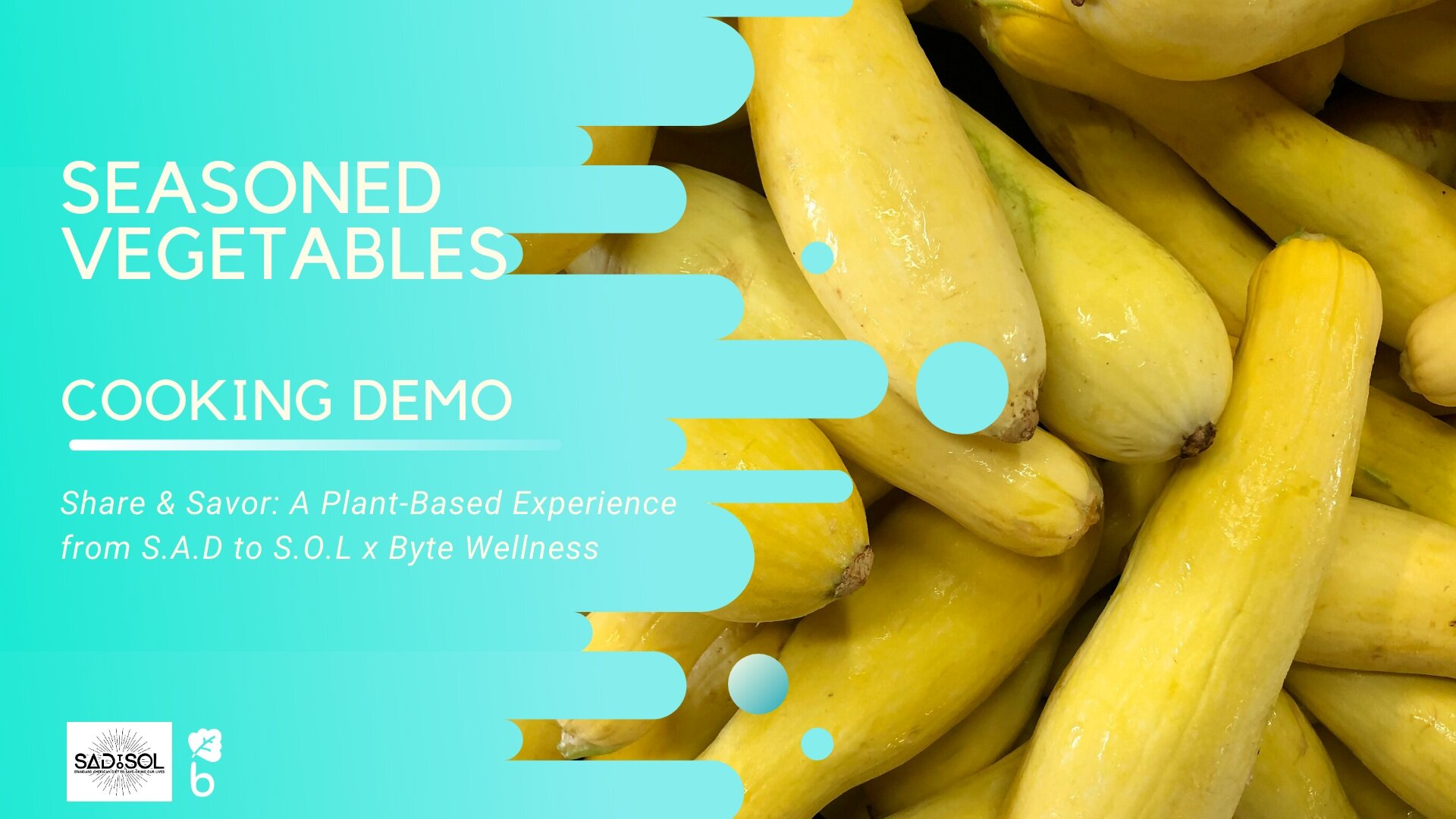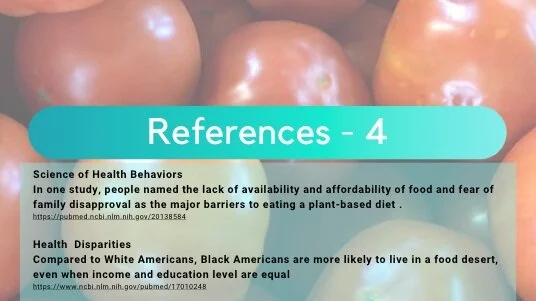What Are Processed Foods and UltraProcessed Foods?
What Is a Processed Food and What Are UltraProcessed Foods?
Hi Byte Wellness Family! When it comes to wholesome eating, don’t be fooled by how a meal is labeled. We’ve got to be better than that. Not every plant-heavy meal is equally good for you. It’s possible for so-called plant-based eating to be unhealthy if includes lots of processed foods.
Remember, our goal here is to make it easy for your food to work for you. Let’s get to the place we automatically tap into the eating choices that make it easy for our bodies to build themselves up rather than break down. To do that, you’ll want to choose high-quality plant foods. In general the less processed a food is, the higher quality it is.
Scroll down to answer questions like, “what is a processed food?”, “what are ultra-processed foods?, and even “what is processing?”. But, don’t forget to work your way through the refrigerator inventory immediately below to see examples of processed foods.
Also, if you’ve been looking for the perfect time to start eating more wholesome meals, it’s now! Click the button to see how our Share & Savor wholesome eating course can help you take the next step.
Which UltraProcessed Foods are You Eating?
Byte Wellness Refrigerator Inventory
Here’s how it works.
1) Check off the ultra-processed foods below that you currently have in your refrigerator/freezer, or pantry. Also check off any that you ate this week.
2) Then ask yourself these two questions:
a) Which of these can you cut back on?
b) Which are you prepared to cut out of your regular meals all-together?
3) Add a smiley face next to the foods where you answered “yes” to question #1a
4) Add two smileys next to the foods where you answered “yes” to #1b
Drinks
Carbonated soft drinks (soda/pop)
Energy drinks (including Gatorade)
Milk drinks (flavored milk, milk shakes)
“Fruit” Drinks (containing fruit juice concentrate, or food coloring)
Snacks and Desserts
“Instant” soups and noodles (powder and packaged)
Powdered dessert mix (i.e pudding/jello) Packaged candy
Packaged cookies, pastries, cakes, and cake mixes
“Fruit” yogurts
Cereal/Energy bars
Quick Meals
Many breakfast cereals with sugar added before purchase
Pre-prepared and ready-to-heat meals like pasta/pizza dishes and pies
Many Health/Weight loss products including meal replacement shakes and powders
Meat Products
Chicken nuggets
Fish sticks
Processed meat like sausage, burgers, hot dogs
Take the Share & Savor course to see how to wean yourself off ultra-processed foods by making easy, wholesome plant-based meals
Why Should Black People (Especially Black Womxn) Watch Out for Ultra-Processed Foods?
Take a minute to recall all those diseases that afflict Black communities more severely than our White counterparts: Type 2 diabetes, coronary artery disease, stroke, and breast cancer.
Remember when we learned that those can be caused by chronic inflammation?
Now remember when we learned that exposure to racism and other forms of chronic social adversity can increase your risk for developing chronic inflammation?
Right.
So racism/sexism lead to—> chronic inflammation, which leads to—> chronic diseases, which lead to —> early death and disability.
It turns out that ultra-processed foods are linked to increased risk of the very same chronic diseases.
This is exactly why Black folks, and Black women especially (getting the inflammatory double-doozie of racism and sexism) should be wary of ultra-processed foods.
We also know that Black communities are more likely to be food deserts compared to their White counterparts with the same income and education levels. That means we more likely to be smothered by the lower-quality, ultra-processed food items that we especially need to avoid.
Then, it makes sense for Black folks to: 1) understand how to distinguish ultra-processed foods from unprocessed and minimally processed foods 2) build eating habits that prioritize whole foods.
What does food processing have to do with food quality?
Food processing includes the cooking, grinding, heating and refining that happens before we buy food at the market. All these processing techniques can strip plant foods of their most valuable healthful parts: nutrients and phytochemicals. Plus, processing typically adds extra sugar and other sweeteners, salt and fats (hydrogenated oils) that you wouldn’t use if you were making the recipe at home.
If this sounds complicated, that’s okay. It’ll make more sense as we keep going. But, this is important stuff with important implications for our health! In fact, it’s so important that the United Nations created an entire system that helps us understand just how processed a food is. It’s called the NOVA system.
What Is The NOVA system for food processing?
According to the NOVA system, there’s a spectrum of food processing:
On one end of the spectrum are our unprocessed/minimally processed foods- our whole foods!
In the middle are our plain old “processed foods”.
At the other extreme are the ultra-processed foods.
The NOVA report found that in general, the more processed a food is, the lower its nutrition quality is. So, more processing generally means less good stuff( fewer health-promoting vitamins, minerals and phytonutrients).
As we discussed earlier, the most highly-processed foods (called ultra-processed foods) also tend to include more salt, sugar and fat than our bodies need, which can lead to metabolic diseases like obesity, type 2 diabetes, heart attack, stroke and a variety of obesity-related cancers.
Get More Advice on Shifting Your Mindset Toward More Wholesome Eating in our Share & Savor Course.
Watch the 7-Part Plant-Based Mindset Conversation Between Chef/Educator Araba and Dr. Wuse from Share & Savor.
Rule 1 for Identifying Less Processed Foods: Did I (or someone) have to wash the dirt off this?
Your first sign of a high-quality food is that the food has had very little processing. We call a completely unprocessed food a “whole food”. Not to be confused with the large Amazon-owned supermarket chain, a whole food is a a food item that had to have the dirt washed off of it in its current form. That includes, whole fruits (an apple, berries, bananas), vegetables and tubers (potatoes, collard greens), legumes and nuts (lentils and almonds), whole grains (like oats for oatmeal), even meat (a chicken thigh or an egg).
Rule 2: Can I pronounce all the ingredients on the package and can I buy them all at a grocery store?
Now, to make matters worse, the foods that have had the highest level of processing have a bunch of “non-food” products added. These foods are called “Ultra-processed”. The additives to ultra-processed foods might be food dyes, thickening agents and artificial flavors that you wouldn’t dream of using if you were cooking food at home. Frankly, you probably wouldn’t know where to find those ingredients even if you wanted to experiment.
A scarily large number of these ultra-processed foods are staples in most Americans’ daily diets.
According to the NOVA report, you especially want to be on the look-out for “ultra-processed” foods like the ones on the ‘fridge inventory above.
Okay, Byte Wellness Fam…This is a lot, right? We’ll follow-up with more thoughts next week. Meanwhile, try the ‘fridge inventory exercise for you.
Happy, Healthy Living,
Mawusi (Dr. Wuse)
Want to get lessons like this one sent directly to your phone every day? Click to learn more about our Daily Wellness Texts













![#PWW Recording: Intro to the ISMS-to-ILLNESS Pathway [Video]](https://images.squarespace-cdn.com/content/v1/5c7316af11f7846b135b9fe7/1710538224327-T0IJZP00V691VNMA0QHV/Youtube+Thumbnail.png)
![MLK, Health Justice, and the LA Fires (Happy MLK Day) [Self-Love Letter]](https://images.squarespace-cdn.com/content/v1/5c7316af11f7846b135b9fe7/1737426504384-QZZY5CZUERDA7EGFPRIG/unsplash-image-39rGV19A6A0.jpg)


